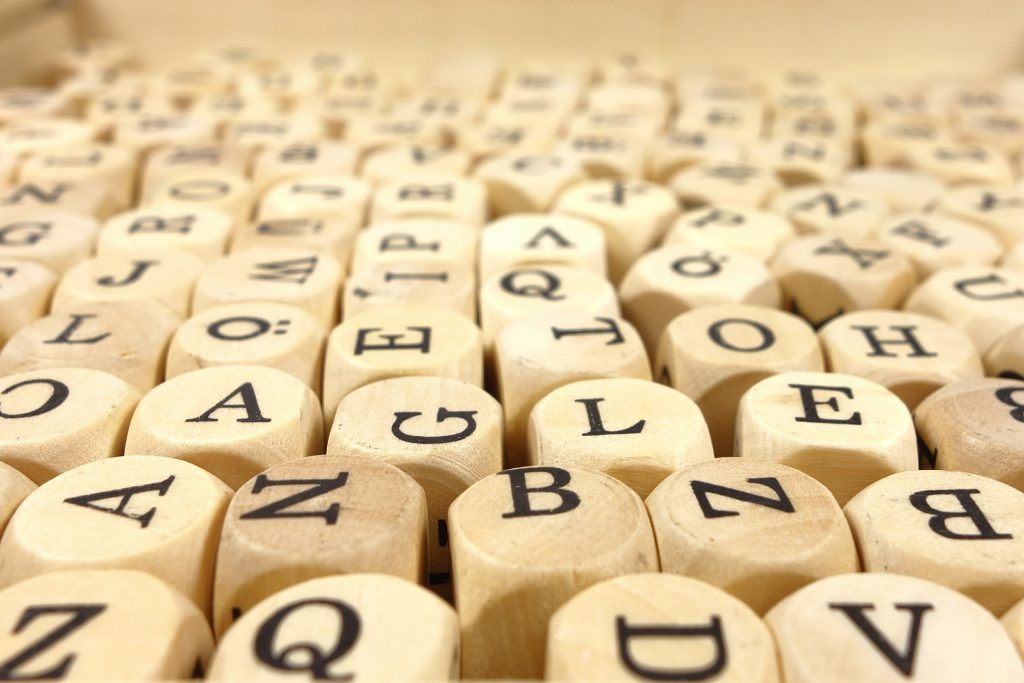by Annie Derry

Deoxyribonucleic acid (DNA) is the backbone of the natural world and the molecule which encompasses all of the information needed for the survival of most living organisms. It exists at its most primary level as a series of nitrogenous bases within nucleotides, of which there are 4: Adenine (A), Thymine (T), Cytosine (C) and Guanine (G). These 4 bases form hydrogen bonds with one another in particular patterns; A pairing with T, and C pairing with G, to form the double helix structure that is associated with the DNA molecule as a whole. It’s rather incredible that the information needed to grow and maintain a living organism comes down to 4 nitrogen bases.
Imagine what could be done with 8 letters; 8 bases.
This is what a group of researchers from various US companies and institutions have managed to create: eight-letter DNA, known as Hachimoji DNA. By tweaking and tailoring the structures of the regular bases, they made synthetic molecules that have the correct properties to be incorporated into the natural DNA structure. This DNA molecule would have the potential to store twice as much information as regular DNA and is thought to have possible applications within technology and data storage in the future.
Building on the existing DNA framework
Considering that the process of gene expression from DNA is the product of millions of years of evolutionary fine-tuning, it is unsurprising that scientists wanted to take the DNA model further and try to apply its template in new ways. It is, after all the most efficient way of storing and expressing vast quantities of information known to man.
The Hachimoji DNA is comprised of the four natural bases, as well as four more synthetically-made nucleotide bases, P, B, Z and S. These are each similar in shape to one of the natural bases, with slight variations in their bonding patterns. Within the four synthetic bases, S pairs with B and P pairs with Z. The research group created hundreds of Hachimoji double helixes with different combinations of the natural and synthetic base pairs to test whether they had to correct properties required to support life in the same way as ordinary DNA.
The characteristic property of DNA is its durability – no other genetic molecule is as stable or predictable. As a result of this, the four nitrogenous bases were always thought to be unique, but it turns out that the new synthetic DNA bases in Hachimoji DNA seem to behave in a similar way. The study has found that even after creating hundreds of Hachimoji molecules, the synthetic bases always bound to their complementary counterpart predictably. The researchers also managed to show that the double helices of the synthetic DNA remained stable no matter what order the bases were in. This is a crucial property of DNA which has allowed evolution and the survival of living organisms, as for this to happen helices must remain intact even if there is variation in the base sequence.
The final hurdle in this investigation was to prove that the synthetic, 8-letter DNA could not only store information, but that it could be read, transcribed and translated by enzymes into RNA. With this in mind, the researchers developed synthetic enzymes which actually successfully copied Hachimoji DNA into Hachimoji RNA! All of their results so far suggest that this synthetic hybrid molecule has the potential to act like the “real deal”.
It’s an exciting development in our understanding of evolution and the universe as a whole. It has been described as a conceptual breakthrough that natural DNA bases are not the only molecules that can form this stable and so-far unrivalled genetic material (DNA). According to Steven Benner, senior author of the research paper for this study, this strongly suggests that alternative structures like Hachimoji DNA could exist elsewhere in the universe, allowing for the evolution of life elsewhere – although it might look very different to life on Earth!
Want to learn more? This article is based on:
Hachimoji DNA and RNA: A genetic system with eight building blocks
Four new DNA letters double life’s alphabet
Researchers Create Artificial DNA Bases
Storing data in DNA brings nature into the digital universe